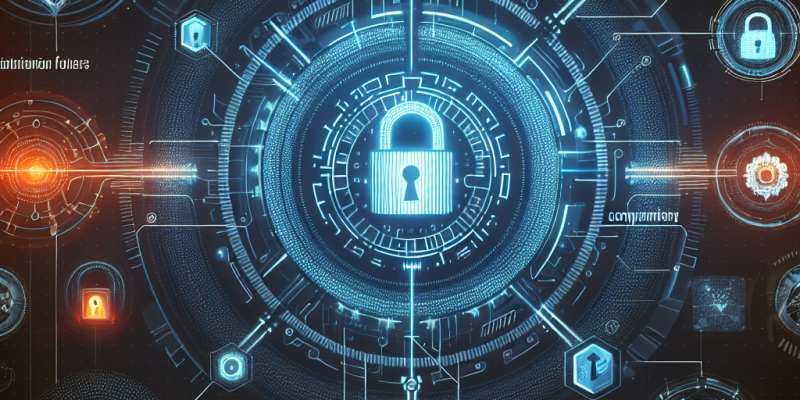Implementing Zero Trust: Key Trends and Technologies for 2025

As we move further into 2025, the landscape of cybersecurity continues to evolve. One of the most significant trends is the implementation of Zero Trust security models. This approach fundamentally changes how organizations protect their data and systems. In this article, we will explore key trends and technologies that are shaping the Zero Trust framework and how businesses can effectively integrate these strategies.
Understanding Zero Trust
Zero Trust is a security model that assumes threats could be internal or external. Instead of automatically trusting users or devices within a network, Zero Trust requires continuous verification. This means that every access request must be authenticated, authorized, and encrypted regardless of where it comes from.
Key Trends in Zero Trust for 2025
1. Increased Focus on Identity Management
Identity management will play a crucial role in Zero Trust strategies. Organizations are investing more in technologies that provide robust identity verification. This includes Multi-Factor Authentication (MFA), biometrics, and Single Sign-On (SSO). By ensuring that only verified users have access to sensitive information, businesses can minimize risks.
2. Integration of Artificial Intelligence (AI)
AI and machine learning are becoming essential in Zero Trust models. These technologies can analyze vast amounts of data to identify unusual patterns and potential threats. In 2025, organizations will increasingly rely on AI-driven solutions to enhance their security measures, automate threat detection, and respond quickly to incidents.
3. Emphasis on Data Security
Data is the lifeblood of any organization, and protecting it is paramount. Zero Trust puts a strong focus on data security, ensuring that sensitive information is encrypted and segmented. With the rise of data privacy regulations, businesses must prioritize protecting data both at rest and in transit.
4. Expanded Use of Micro-Segmentation
Micro-segmentation is the practice of dividing a network into smaller, isolated segments. This allows organizations to limit access to sensitive areas of the network. In 2025, more companies will adopt micro-segmentation strategies to enhance their Zero Trust frameworks, reducing the attack surface and containing potential threats.
5. Cloud Security Solutions
As more businesses move to the cloud, the need for cloud security solutions that align with Zero Trust principles becomes critical. Organizations are seeking providers that offer comprehensive cloud security features, including thorough monitoring, automated policy enforcement, and customizable access controls.
Emerging Technologies Supporting Zero Trust
1. Secure Access Service Edge (SASE)
SASE combines networking and security into a single cloud-based service. This approach simplifies secure access to applications and data from anywhere. In 2025, SASE will be integral to Zero Trust implementations, providing organizations with the tools they need to manage secure access effectively.
2. Zero Trust Network Access (ZTNA)
ZTNA solutions offer secure remote access without traditional VPNs. By only granting access to applications rather than entire networks, ZTNA reduces the chances of a data breach. As remote work continues to be prevalent, ZTNA will gain traction among organizations pursuing Zero Trust strategies.
3. Security Information and Event Management (SIEM)
SIEM solutions are critical for monitoring and analyzing security events. In 2025, organizations will leverage SIEM tools to gain real-time insights into security threats, enabling a faster response and future prevention strategies.
Conclusion
The implementation of Zero Trust is not just a trend; it is a necessary evolution in how organizations approach cybersecurity. With the increasing number of cyber threats and the rise of remote work, businesses must adapt their strategies. By focusing on identity management, AI integration, data security, micro-segmentation, and utilizing cloud security solutions, organizations will be better equipped to safeguard their systems in 2025 and beyond. Embracing these key trends and technologies will help build a more secure digital environment for everyone.














